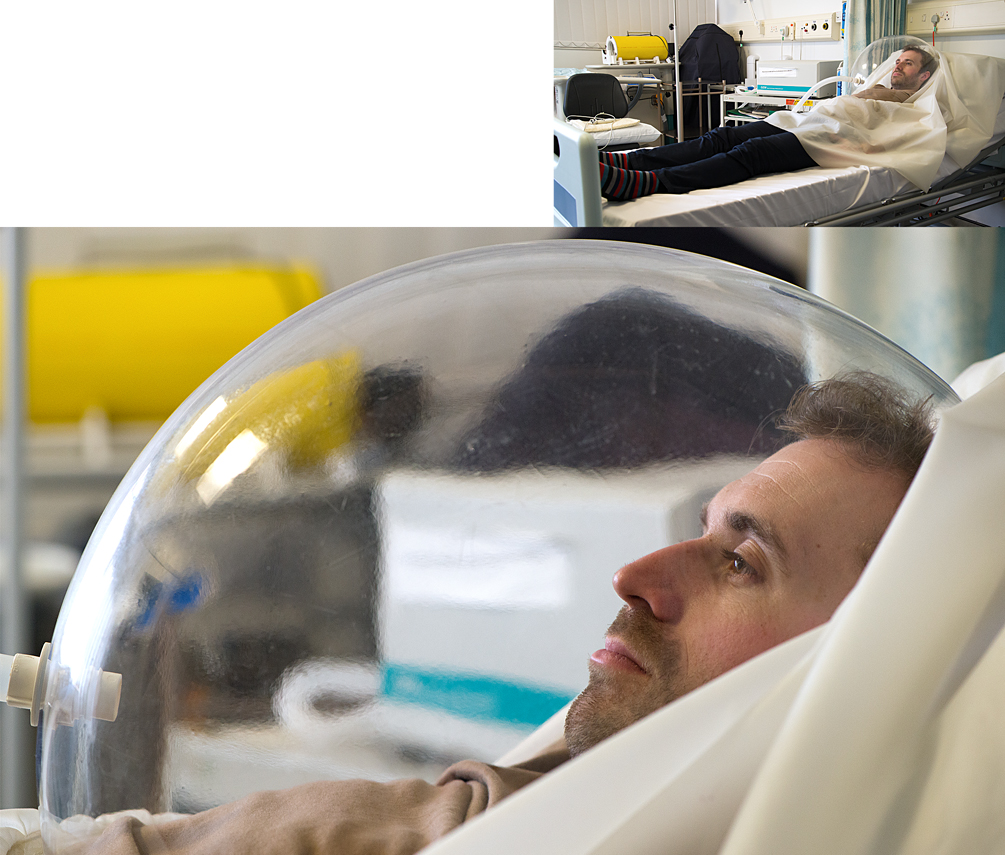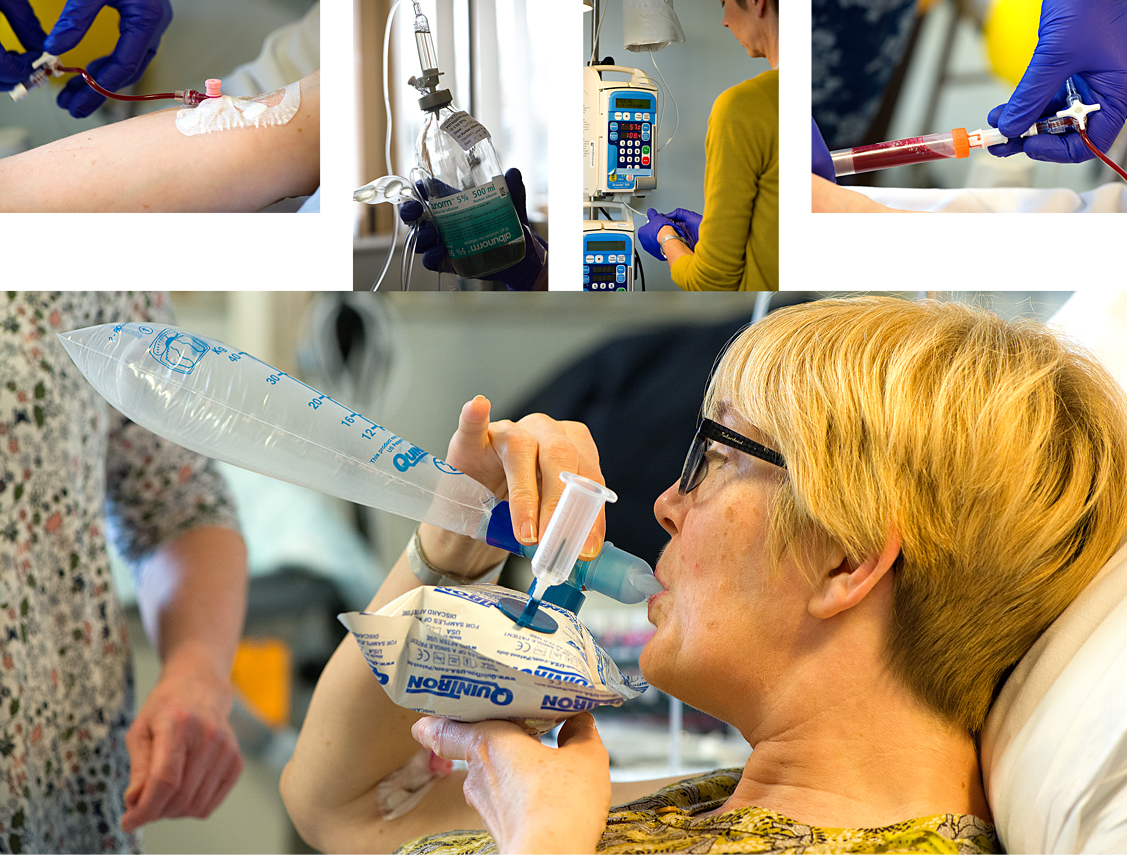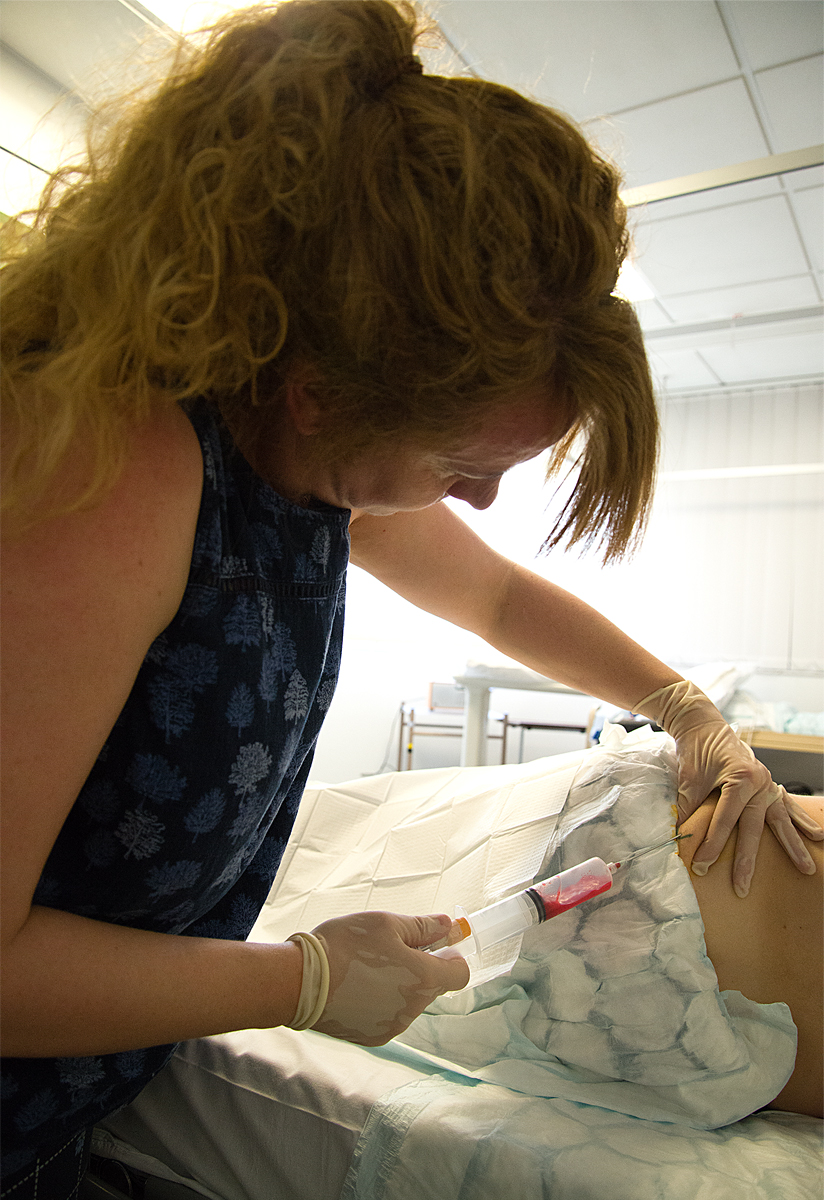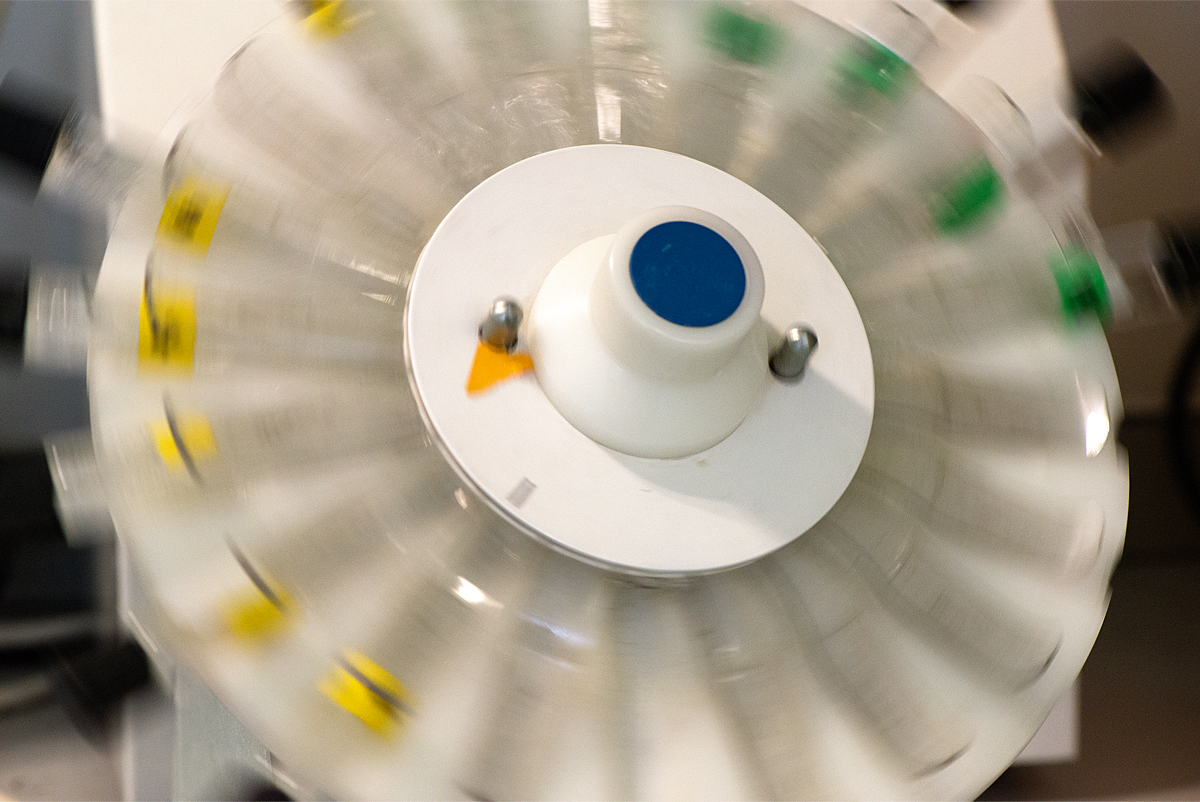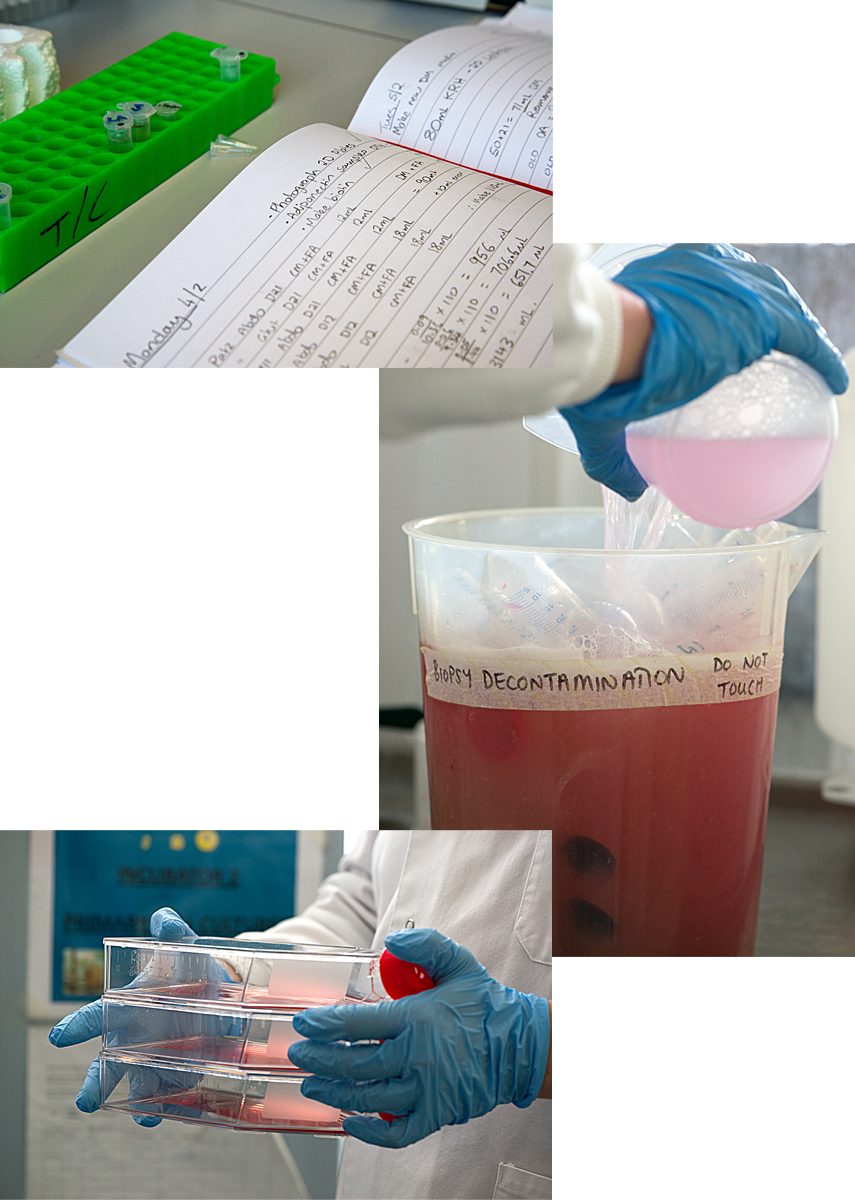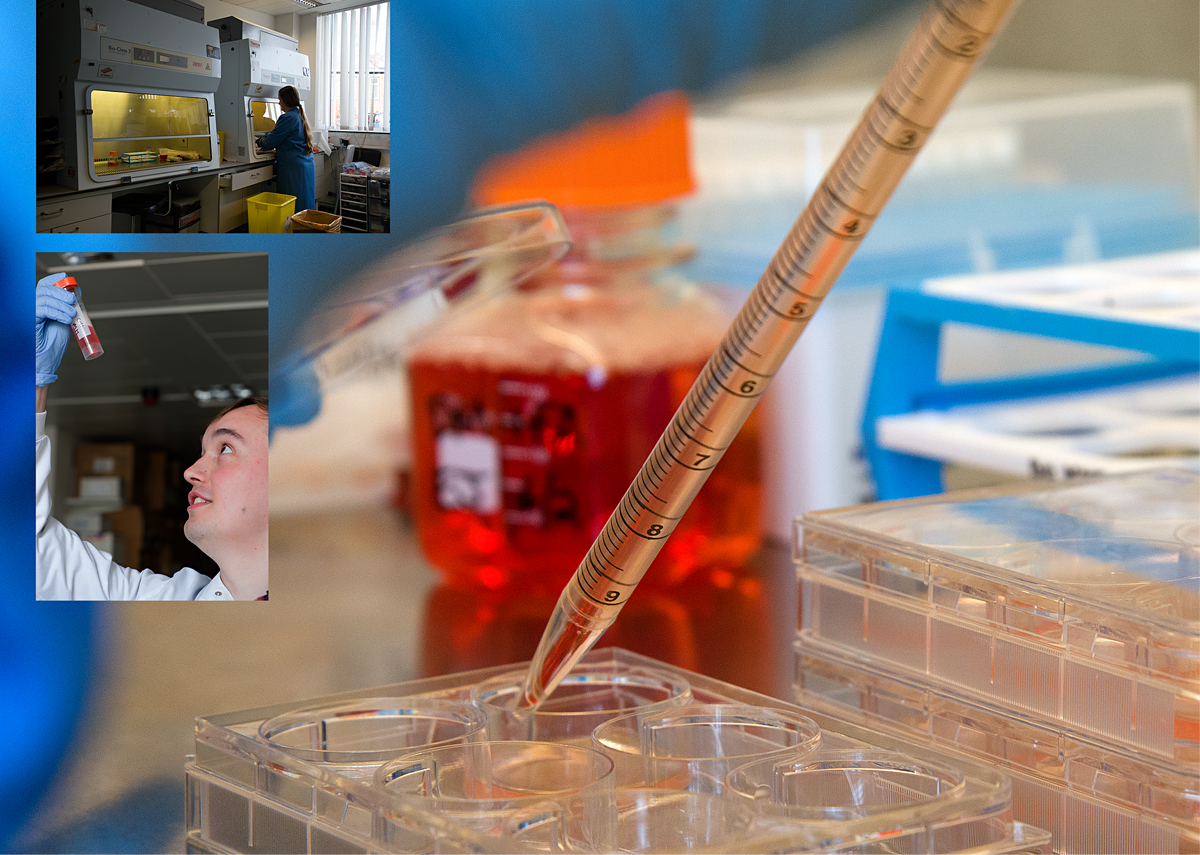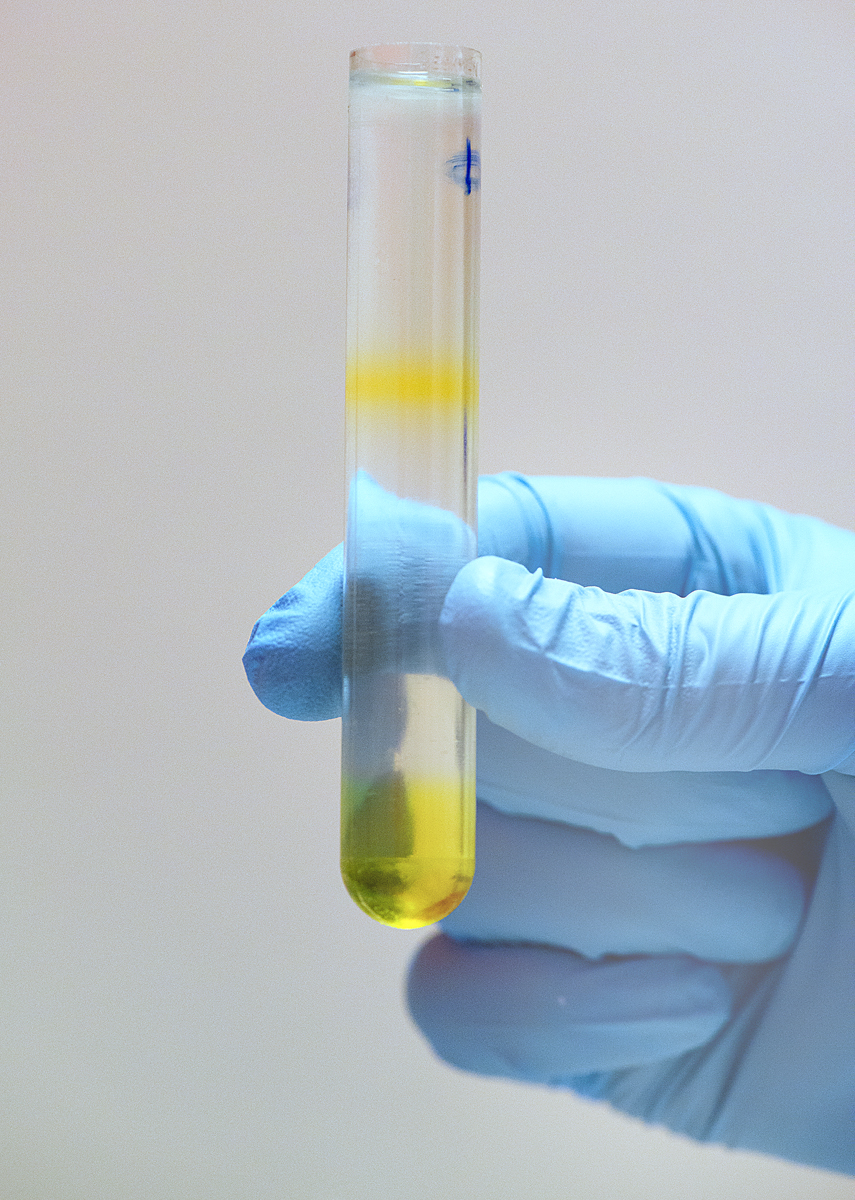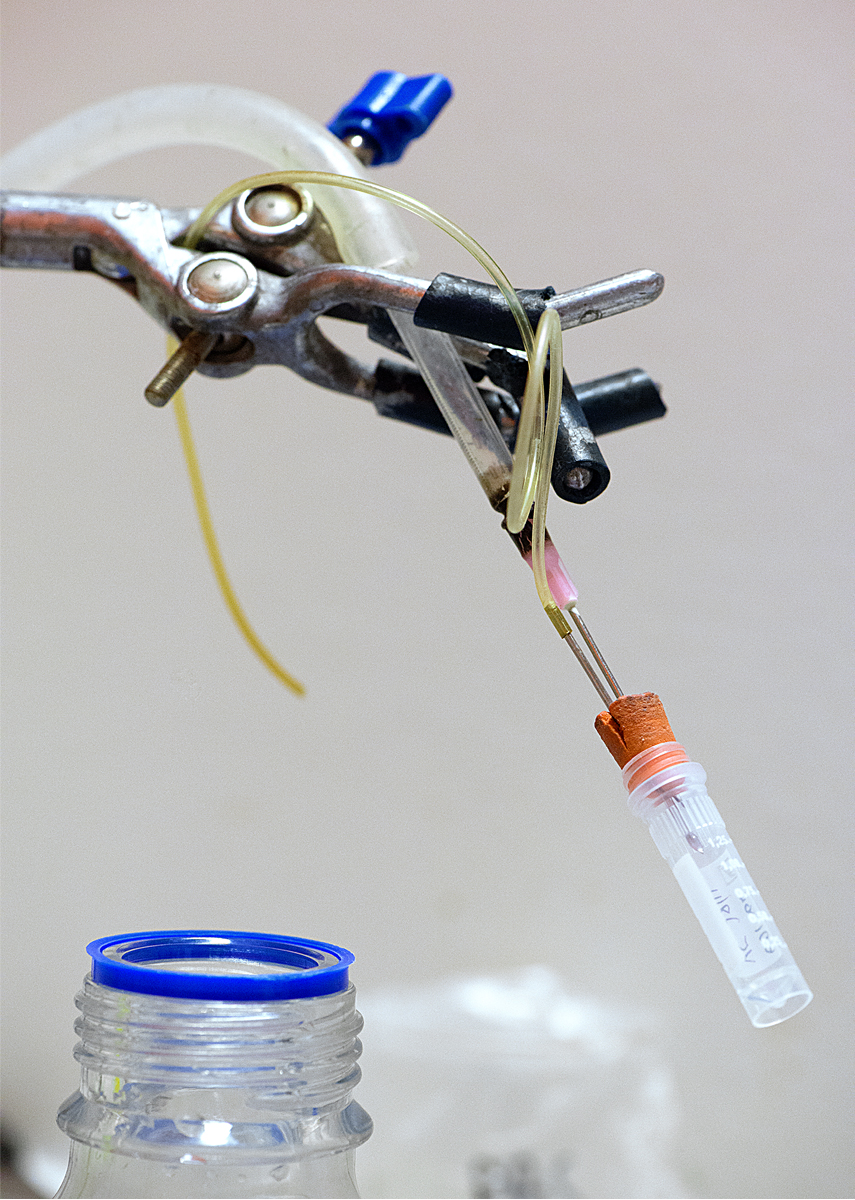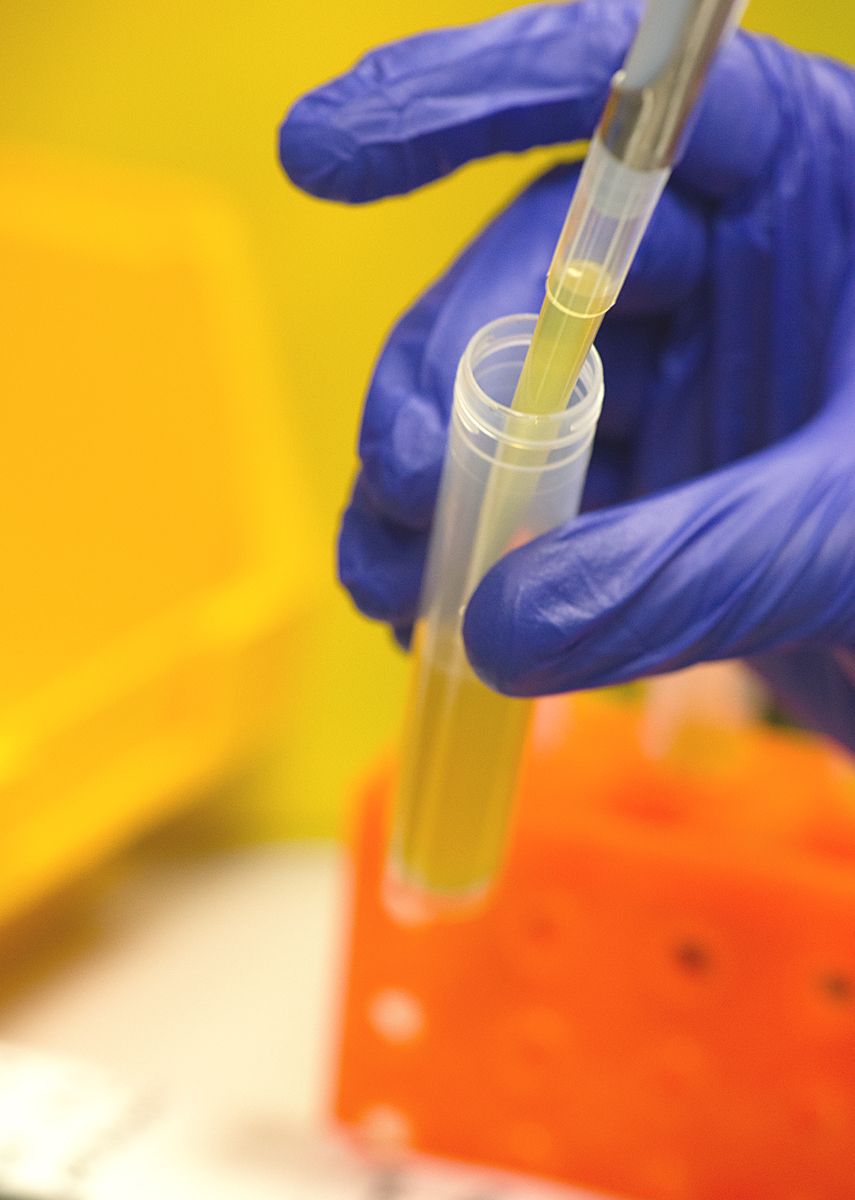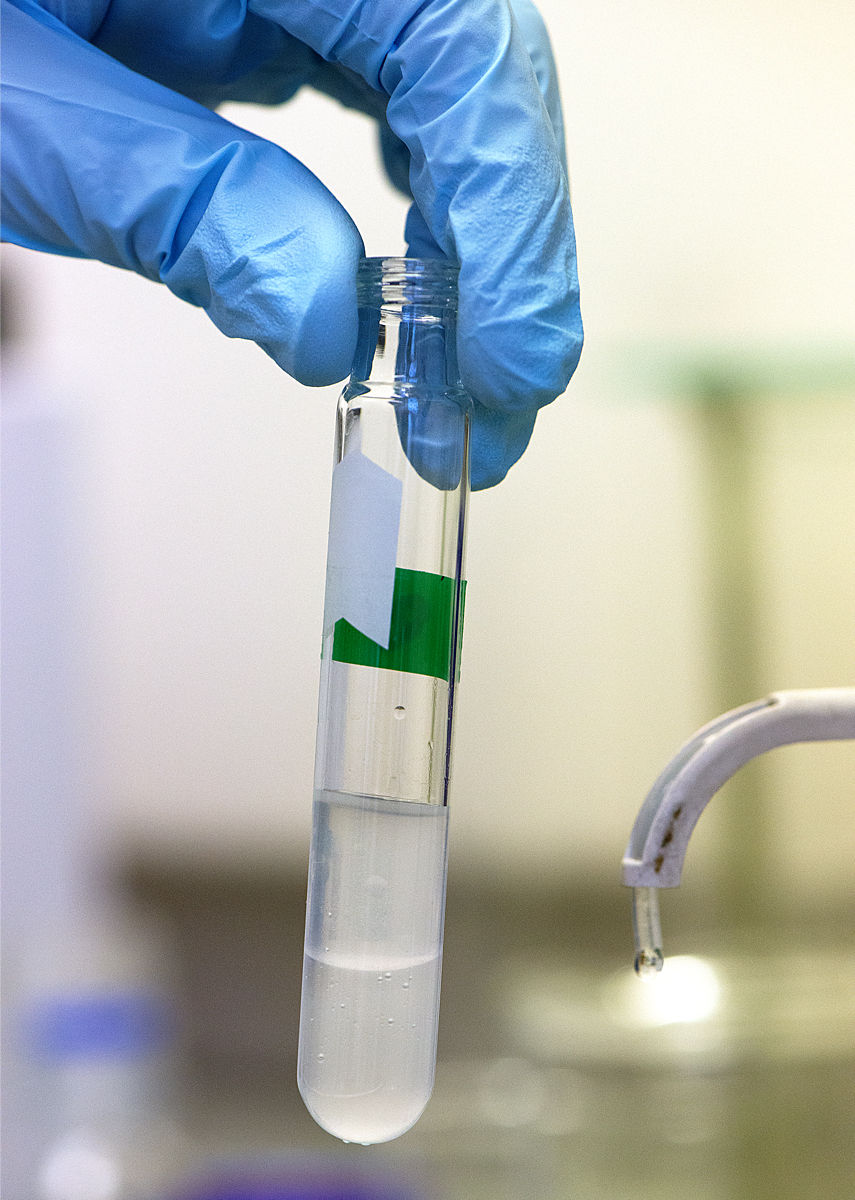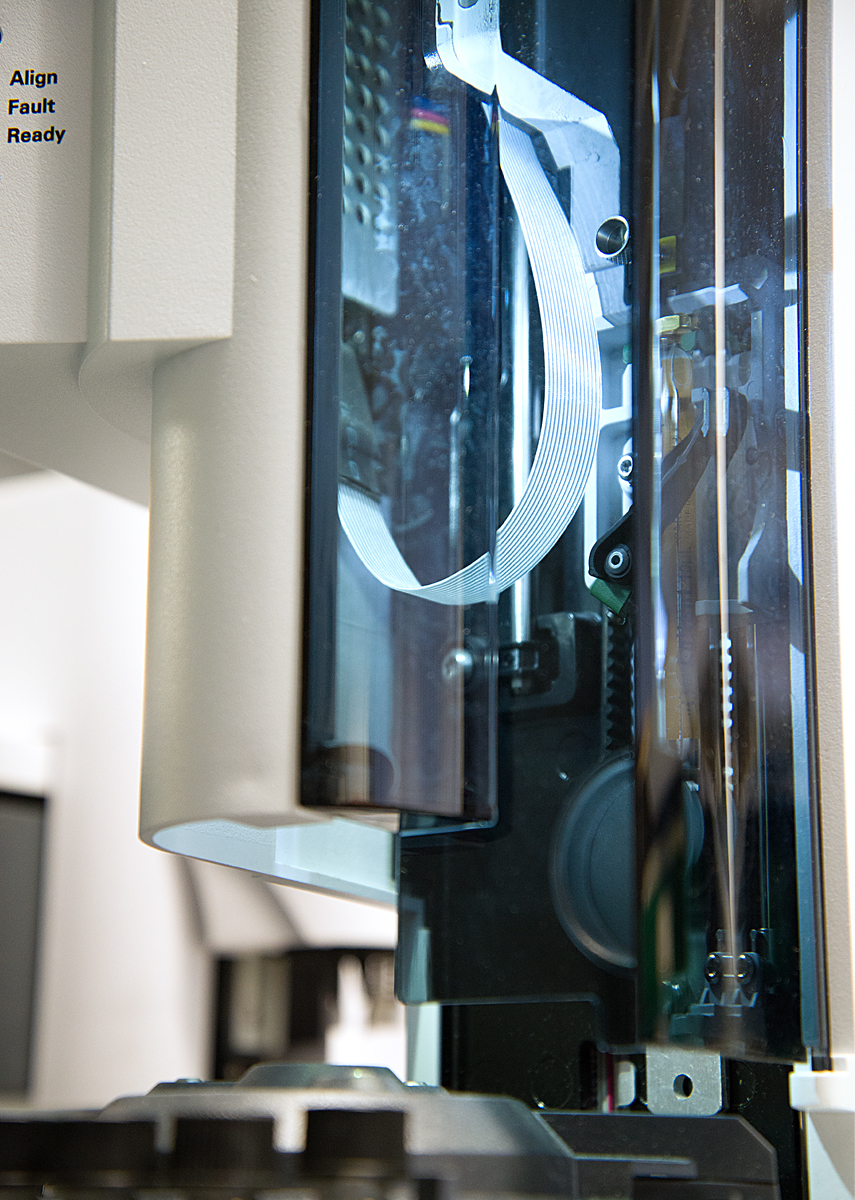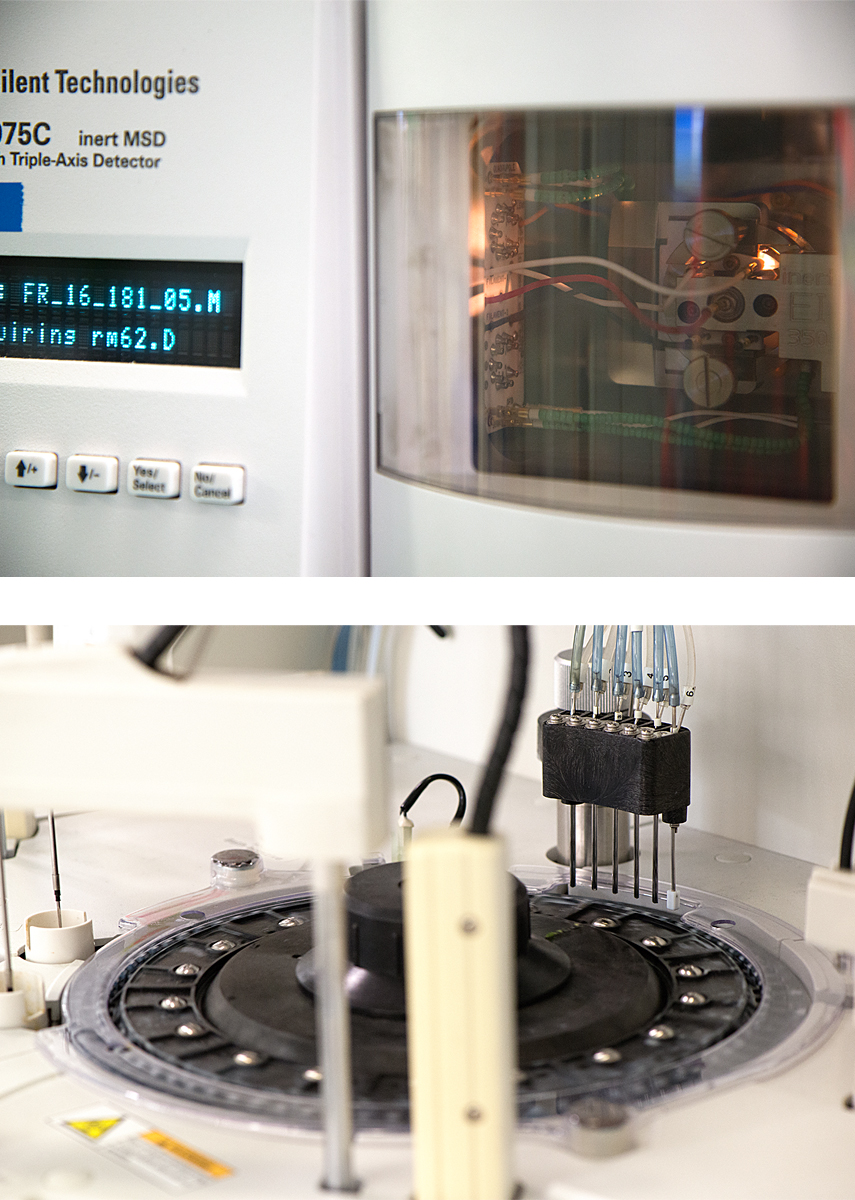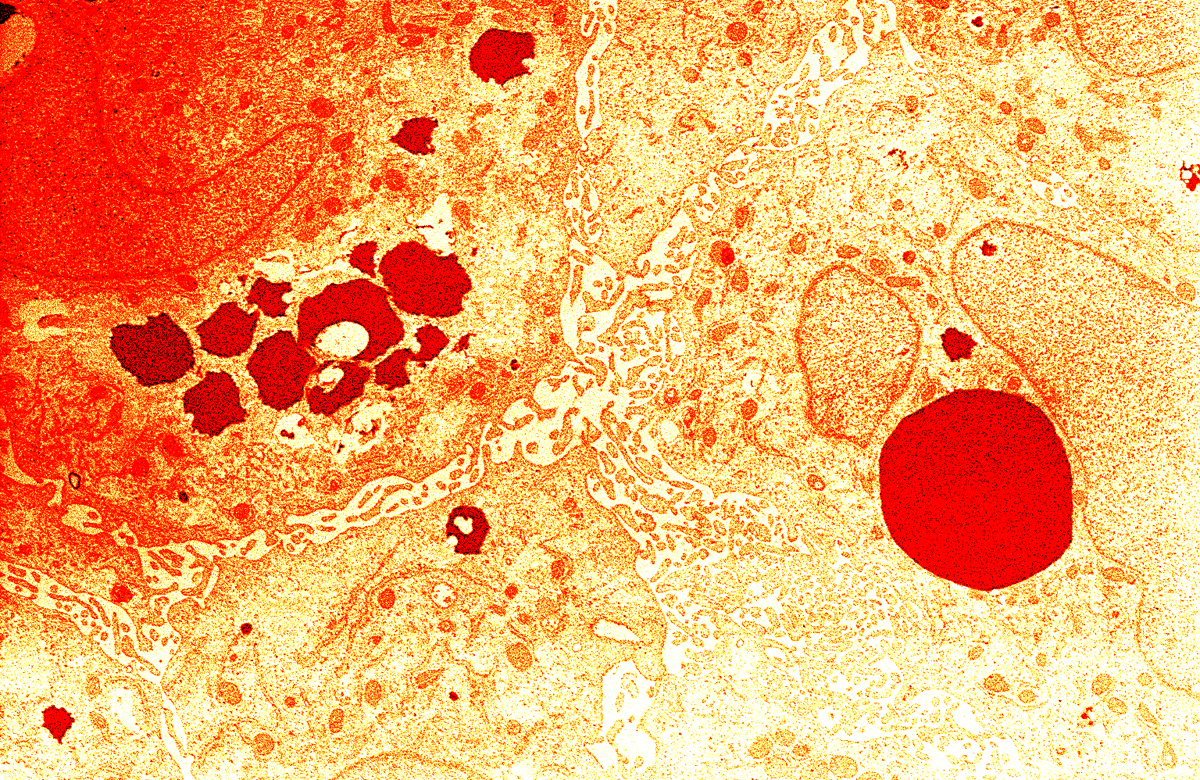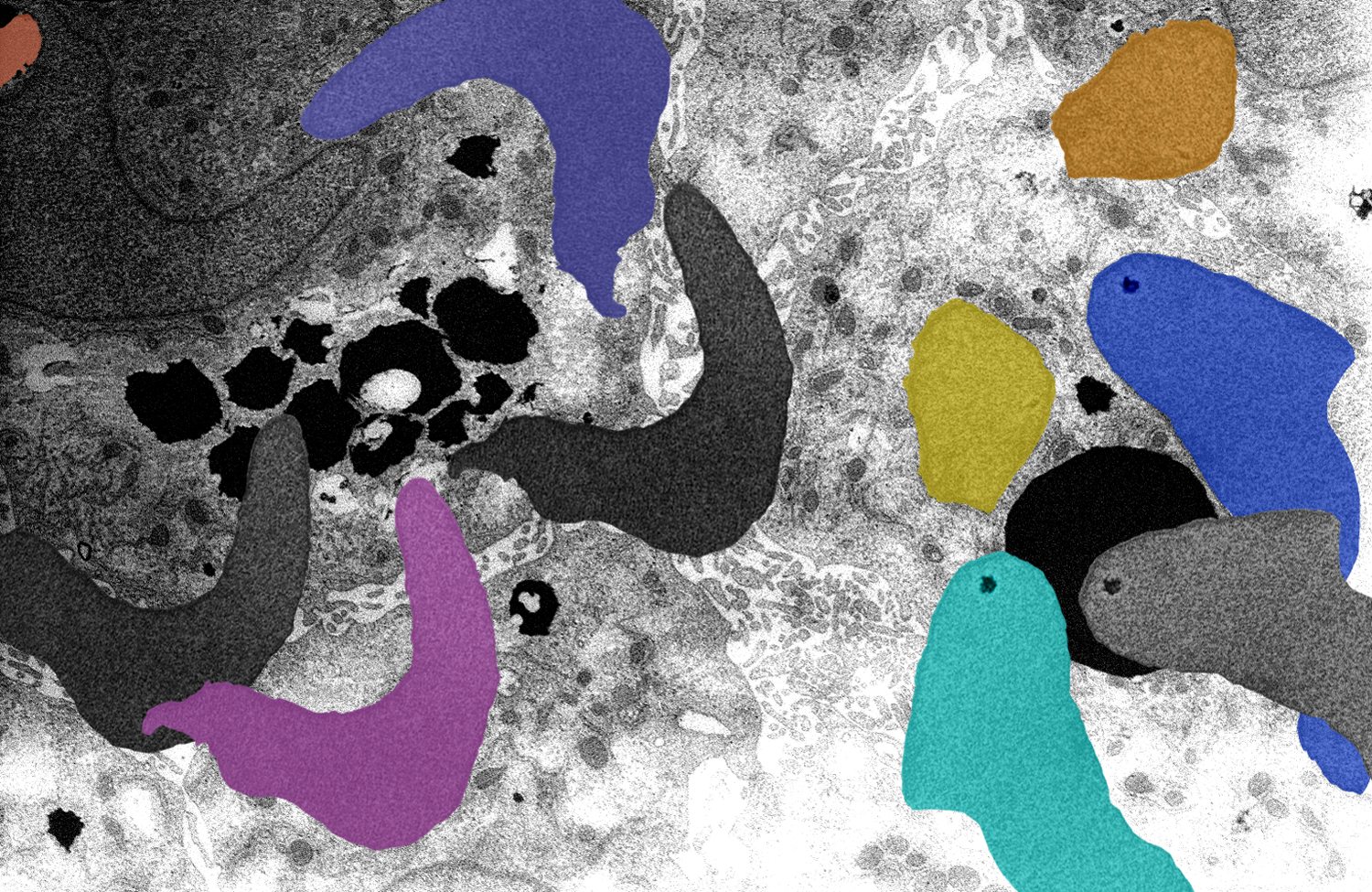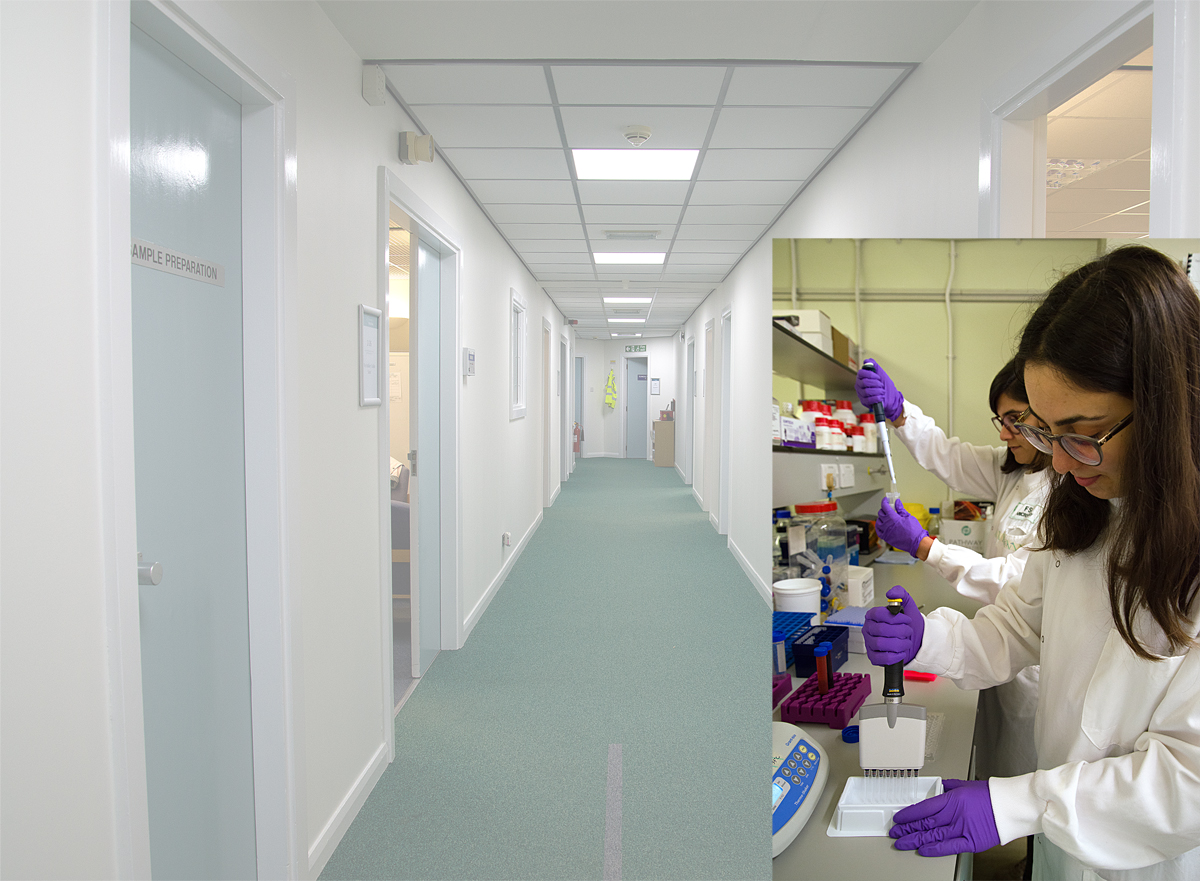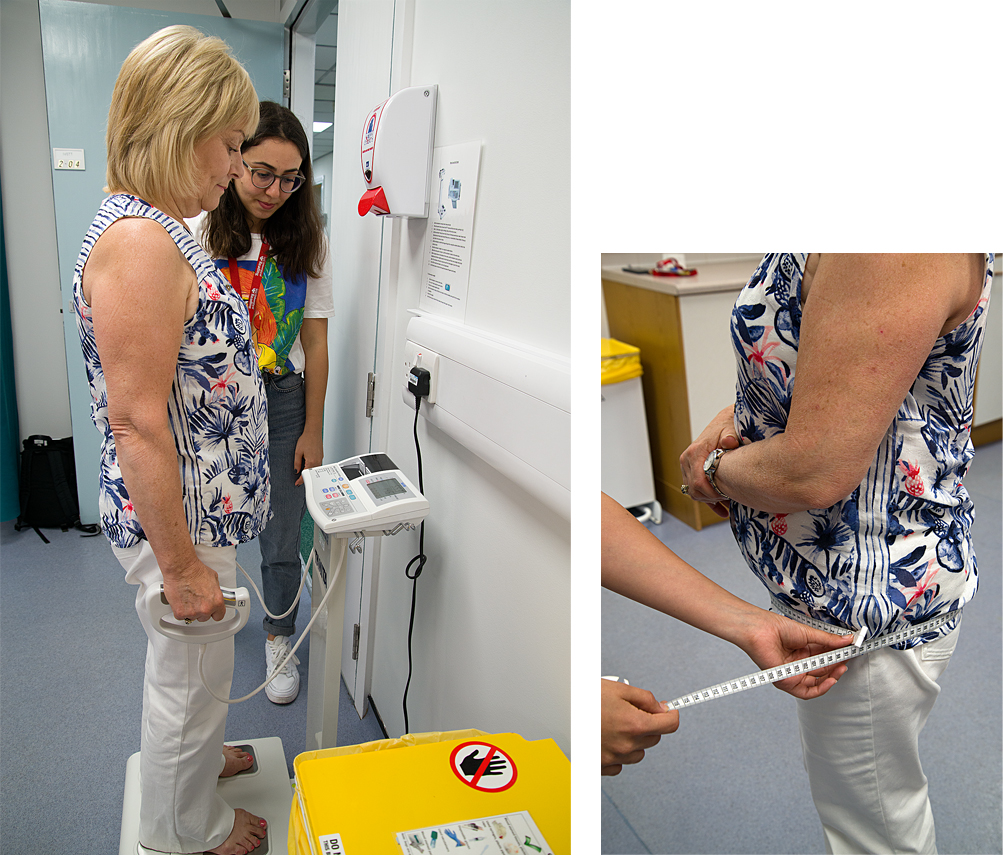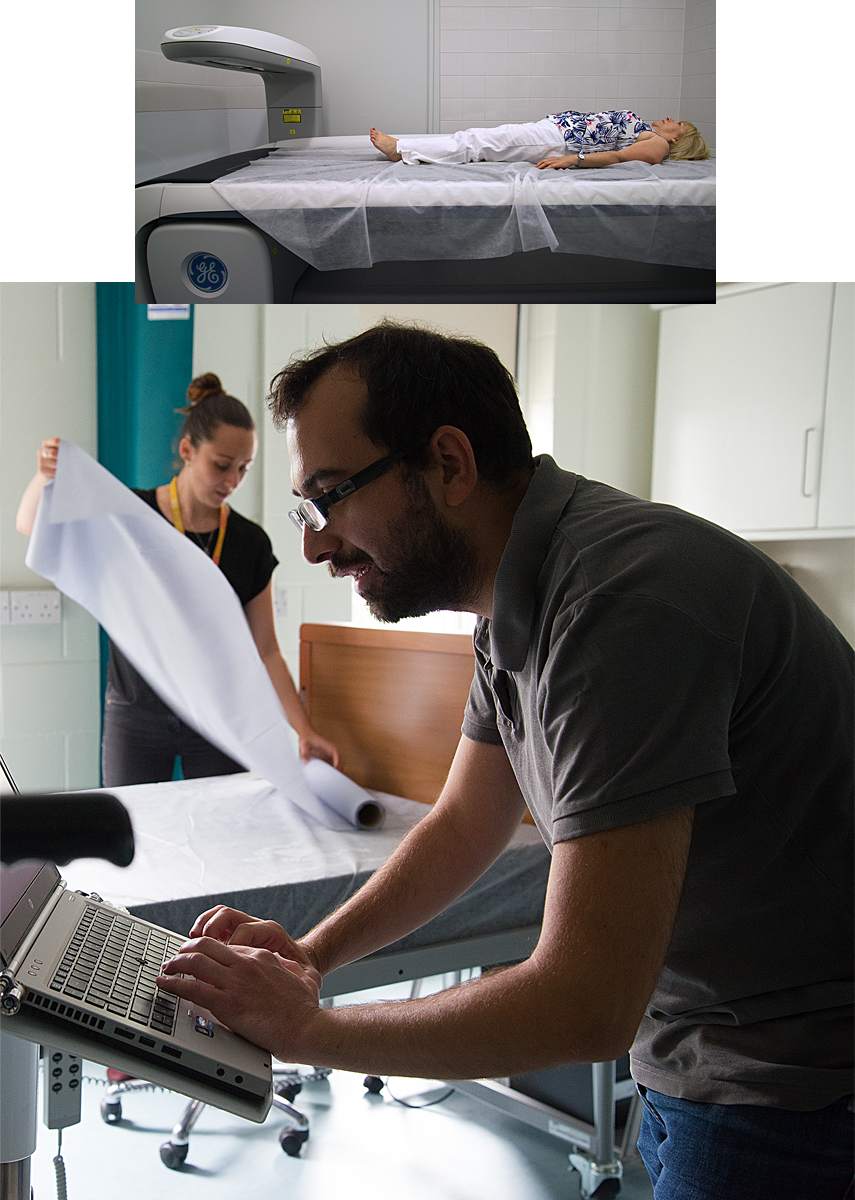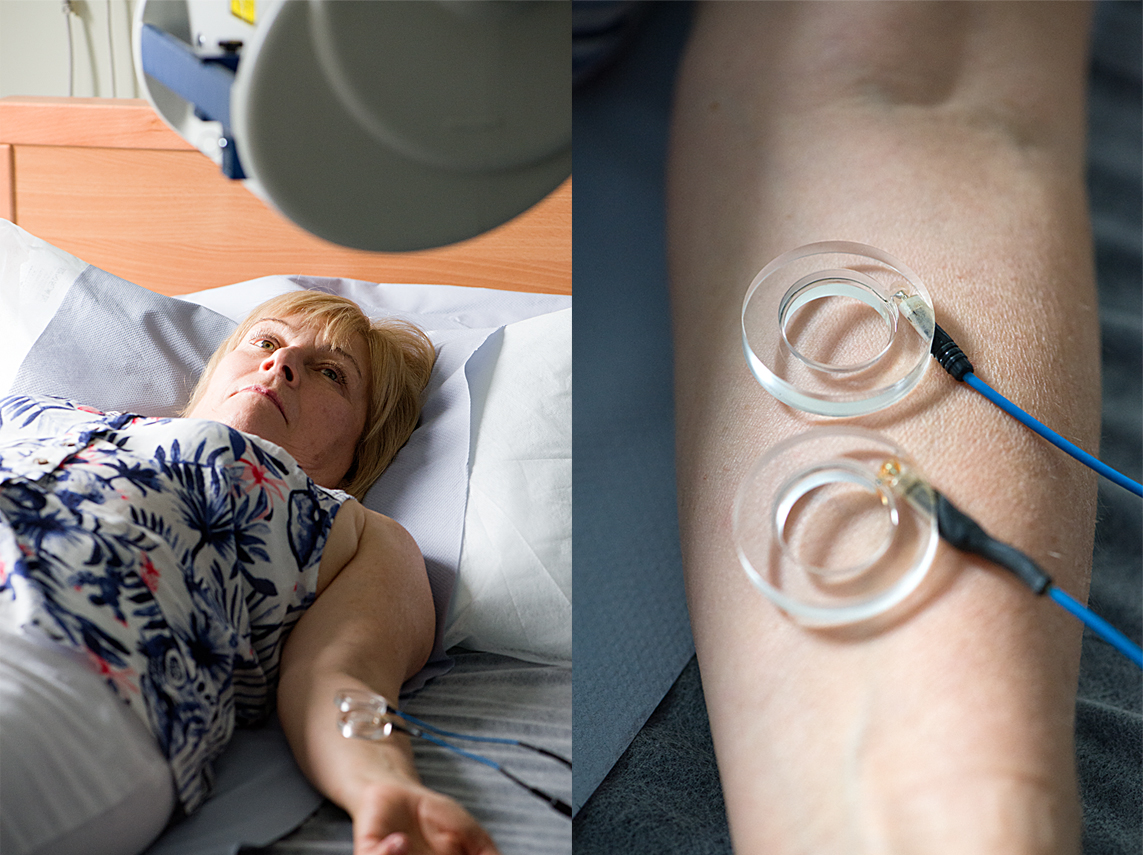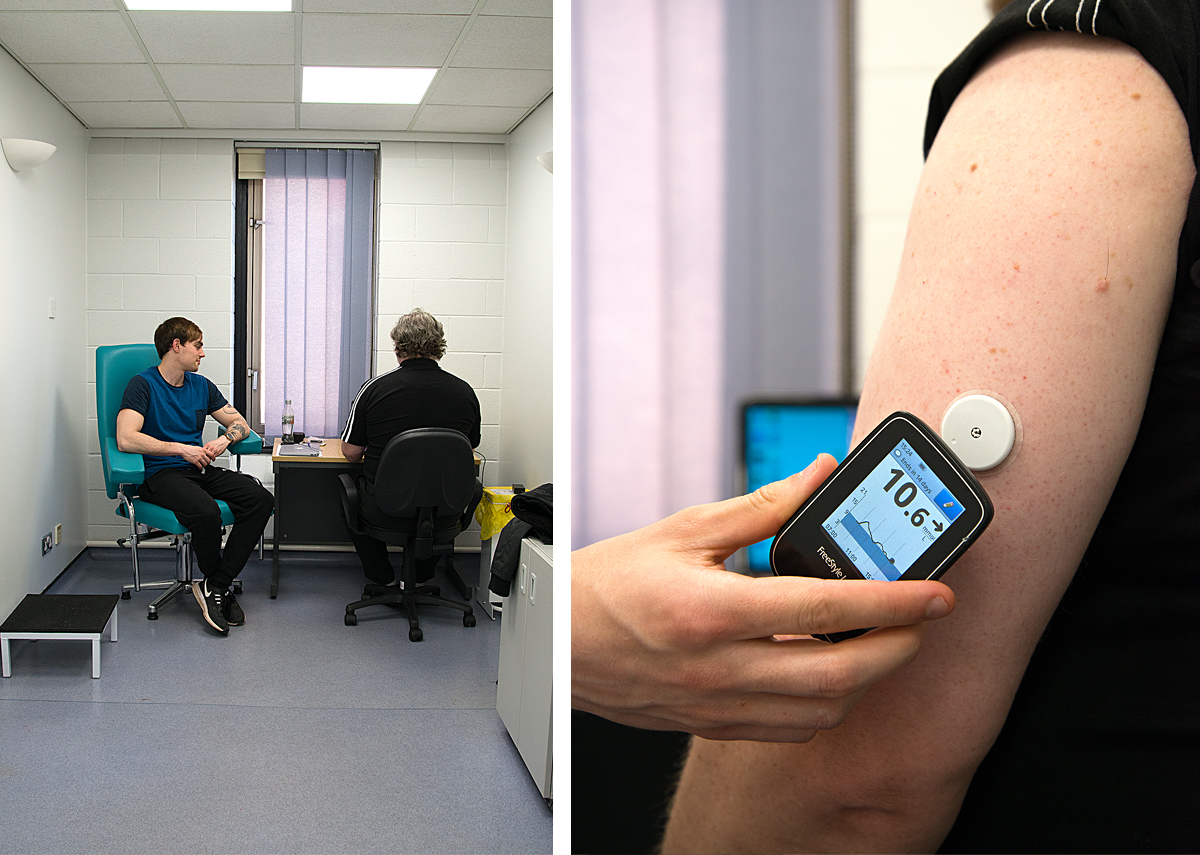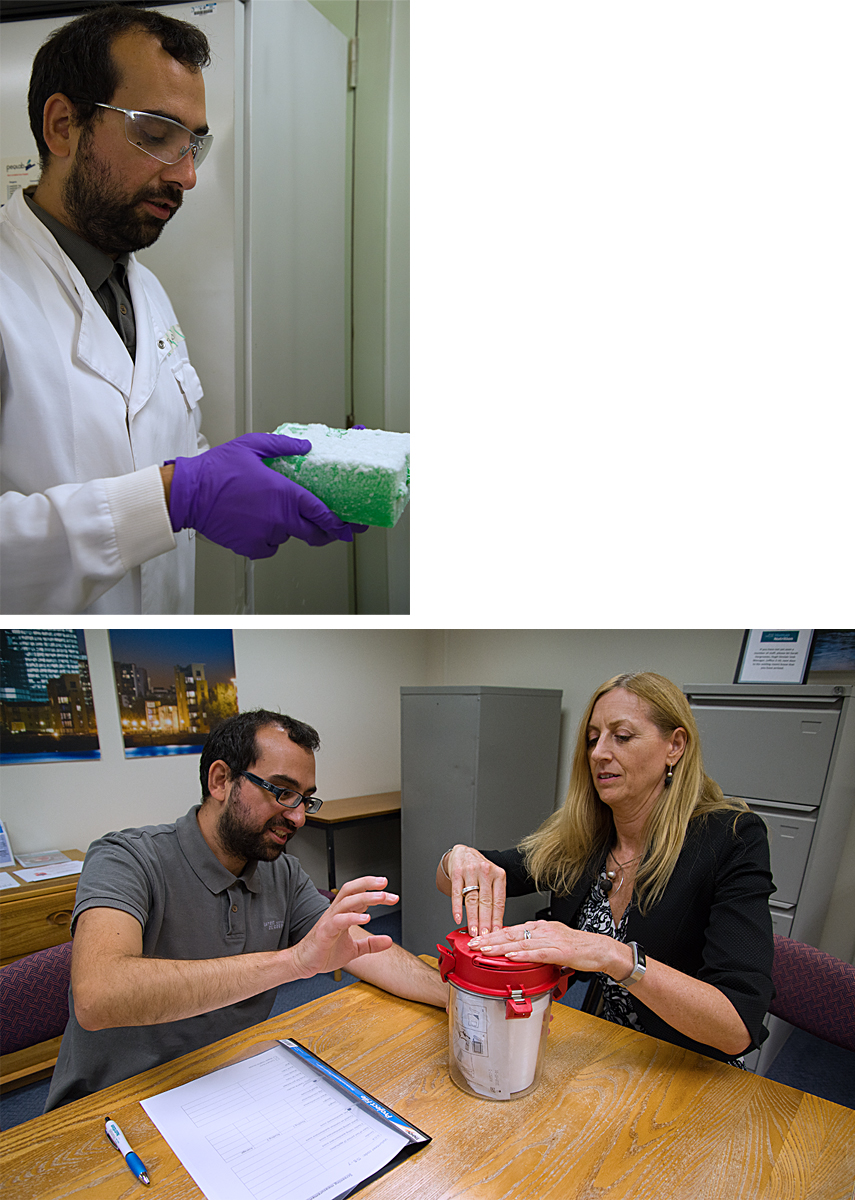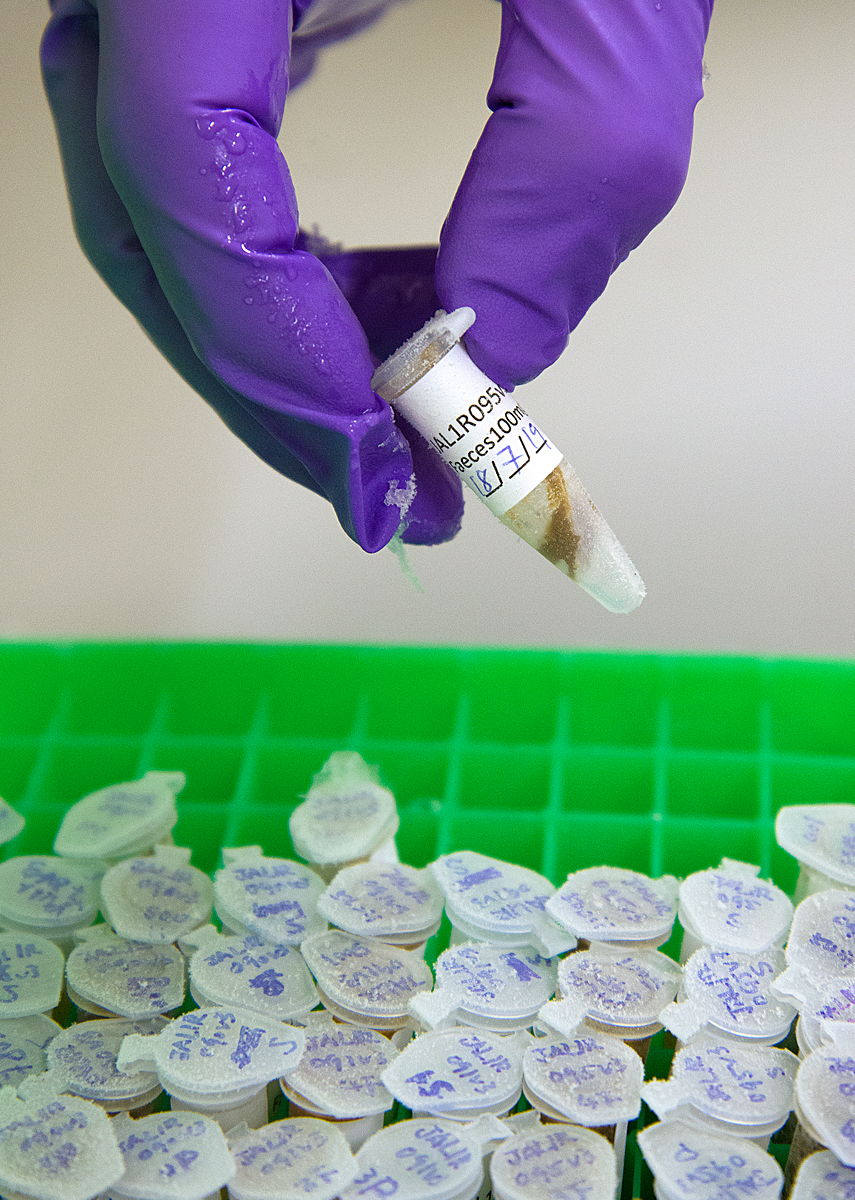What is the Metabolic Syndrome?
The metabolic syndrome is a cluster of conditions that occur together and can increase your risk of developing heart disease and type 2 diabetes. To have the metabolic syndrome, you need to be diagnosed with three or more of the following conditions:
- increased blood pressure
- high blood sugar
- excess body fat, especially around the waist
- an abnormal amount of cholesterol or triglyceride in your blood
- an increased risk of developing blood clots
- a tendency to develop inflammation (irritation and sometimes swelling of body tissue)
Although it is a serious condition, you can reduce your risk of developing it and other diseases associated with it by reducing body weight, increasing physical activity levels and consuming a diet rich in fruit, vegetables, whole-grains, fish and lean meats.
Why can obesity lead to the metabolic syndrome?
When excess nutrients are consumed, they are stored in fat tissue until they are required for energy at a later time. Fat tissue is found throughout a person’s body and can increase in size to store excess nutrients. In some people who develop a lot of fat tissue (known as obesity) the tissue no longer functions properly. These cells become less effective at taking up and storing nutrients like fats and sugars. When this happens, other organs, such as the liver and muscles, may be exposed to more nutrients than usual, which may alter how they function. For example, the liver may start to produce more fat and sugar, leading to higher levels than normal in the bloodstream. This increases the risk of someone developing the metabolic syndrome.
What is diabetes?
Diabetes is a condition that causes a person’s blood sugar levels to become too high. There are two main types of diabetes:
- Type 1 diabetes: this develops when the body’s immune system attacks and destroys the cells that produce a hormone called insulin, which is needed to help control blood sugar levels. It is usually first diagnosed in childhood and is a lifelong condition, with patients being required to inject insulin to make up for their body not being able to produce it itself.
- Type 2 diabetes: this is when the body does not produce enough insulin or when cells do not react to insulin as they should. Excess body weight increases the risk of developing type 2 diabetes and it is usually diagnosed in adults.
Type 2 diabetes is by far the most common form of diabetes in the UK. How much sugar is in the blood is controlled by the hormone insulin which is produced by the pancreas. After eating a meal, carbohydrates (e.g. starches in bread, pasta, vegetables and sugars in foods) are digested and broken down into glucose. This glucose enters the bloodstream and travels to organs around the body, where it can then be either stored or broken down to produce energy. Insulin is responsible for moving the glucose out of the blood into cells. For people with type 2 diabetes, their body is not so efficient at moving the glucose out of the bloodstream. This is because there is either not enough insulin being released from the pancreas or the insulin produced does not work properly. In this case, the pancreas will produce more insulin to try and overcome the problem but eventually it may become dysfunctional, no longer able to produce enough of the hormone.
Type 2 diabetes causes sugars to build up in the blood and increases risks of kidney failure and cardiovascular disease. The condition can be managed through healthy eating, regular exercise and achieving a healthy body weight. Some people with the condition take medication to help control their blood sugar levels. In individuals with a lot of body fat, it has recently been shown that losing over 10% of their body weight by consuming a very low calorie diet may help them to become free of diabetes.
What is heart disease?
Heart disease and heart attacks occur when there has been too much fat (cholesterol and triglyceride) in the blood over a long period of time. This fat ends up deposited in the walls of blood vessels. Over time the arteries that supply blood to the heart become narrowed or blocked by these fatty deposits, decreasing the amount of blood and oxygen reaching the heart. This can cause chest pain (angina) or a heart attack.
What is the most important way to improve our health?
In the context of the metabolic syndrome, should we prioritise eating less refined sugar, less carbohydrates or less calories?
To improve our health and lower the risk of developing the metabolic syndrome, we need to eat a diet that contains plenty of fruits, vegetables and whole-grain foods (such as beans and pulses), alongside lean meats and some dairy products. These foods will provide a range of vitamins, minerals and fibre which are important for our health. It is also advised to lower the consumption of foods containing "added" sugars. If you eat or drink a lot of added/free sugars (e.g. in sugar-sweetened beverages and candy products), this can result in your blood sugar levels fluctuating a lot over the course of the day: you will feel very "energised" for a little while but then very "tired" not long after.
By consuming less added/free sugars and more food rich in fibre such as vegetables and whole-grain products, this will help keep your blood sugar levels more "stable". If you want to decrease your body weight, then eating less calories is also good, particularly if you are at risk of the metabolic syndrome.



